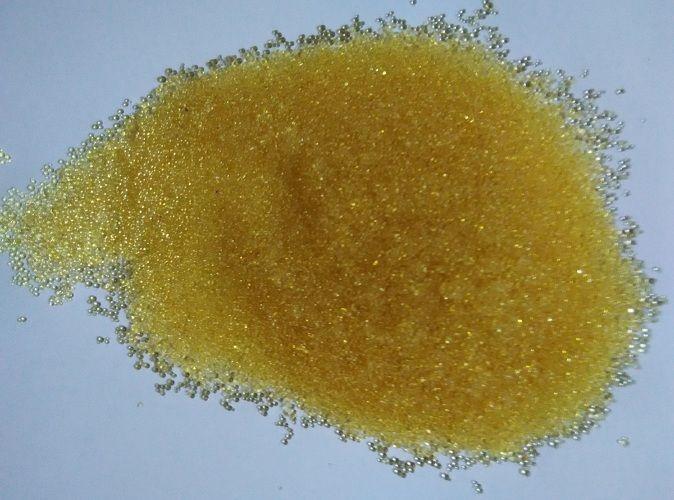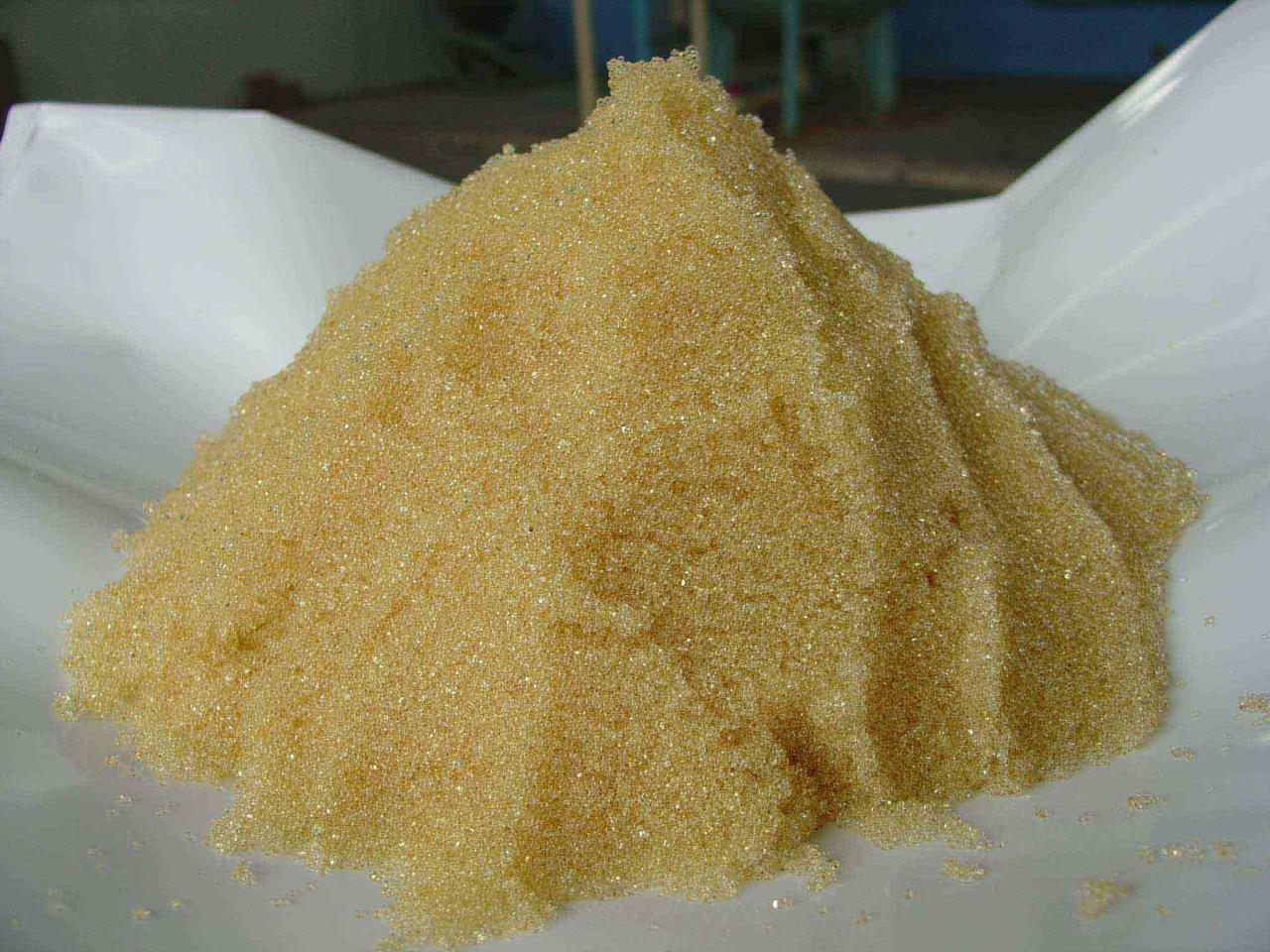What are the factors that affect the properties of ion exchange resin
Ion exchange resin should be an insoluble substance. However, substances with a low degree of polymerization mixed in the resin during the synthesis process, as well as substances generated by the decomposition of the resin, will dissolve during operation. Resins with a lower degree of cross-linking and more active groups have a greater tendency to dissolve.
Ion exchange resin contains a large number of hydrophilic groups, which absorb water and swell when in contact with water. When the ions in the resin change, such as the cation resin changes fromH+ to Na+, and the anion resin changes from Cl- to OH-, both are due to the diameter of the ions. Expansion occurs due to the increase, increasing the volume of the resin. Generally, resins with a low degree of cross-linking will have a greater degree of expansion. When designing an ion exchange unit, the expansion of the resin must be considered to accommodate the changes in resin volume that occur as a result of ion conversion in the resin during a production run.
Ion exchange resin particles are subject to transfer, friction, expansion and contraction during use There will be a small amount of loss and breakage after long-term use, so the resin must have high mechanical strength and wear resistance. Generally, resins with a low degree of cross-linking are easier to break, but the durability of the resin mainly depends on the uniformity and strength of the cross-linked structure. For example, macroporous resins have a higher degree of cross-linking, which has a stable structure and can withstand repeated regeneration.

Principle of ion exchange resin
Ion exchange resin can be divided into cation exchange resin, anion exchange resin and amphoteric ion exchange resin. Ion exchange resin is insoluble in water and general solvents. Most are made into granular form, and some are made into fiber or powder form. The size of resin particles is generally in the range of 0.3~1.2mm, and most of them are between 0.4~0.6mm. They have high mechanical strength (fastness), stable chemical properties, and have a long service life under normal circumstances. According to the chemically active group, it is first divided into two categories: cationic resin and anionic resin. Cationic resins are divided into two categories: strongly acidic and weakly acidic. Working principle of ion exchange resin: During the ion exchange process, cations in the water (such as Na+, Ca2+, K+, Mg2+, Fe3+, etc.) are exchanged with H+ on the cation exchange resin. The cations in the water are transferred to the resin, and the cations on the resin are exchange of H+ into water. The anions in the water (such as Cl-, HCO3-, etc.) are exchanged with the OH- on the anion exchange resin. The anions in the water are transferred to the resin, and the OH- on the resin are exchanged into the water. And H+ combines with OH- to generate water, thereby achieving the purpose of desalination.

Precautions for using ion exchange resin
Different varieties of ion exchange resins have different chemical compositions and structures are different and therefore have different uses. When applying resin, you should carefully select it based on its properties. Generally speaking, there are the following points to pay attention to when using ion exchange resin.
In winter storage and transportation, It should be kept in a temperature environment of 5-40℃ to avoid overcooling or overheating, which will affect the quality. If there is no insulation equipment in winter, the resin can be Store in salt water, the concentration of salt water can be determined according to the temperature. Resin in use�, prevent contact with metal (such as iron, copper, etc.), oil, organic molecules, microorganisms, strong oxidants, etc., so as to avoid reducing the ion exchange capacity or even losing its function. Therefore, the resin must be activated from time to time according to the situation. The method can be determined according to the pollution situation and conditions. Generally, the cation resin is easily contaminated by Fe during softening and can be soaked in hydrochloric acid and then gradually diluted. The anion resin is easily contaminated by organic matter and can be soaked in 10% NaC1+2-5% NaOH mixed solution or Rinse, and if necessary, soak in 1% hydrogen peroxide solution for a few minutes. In addition, acid-base alternating treatment, bleaching, alcohol treatment, various sterilization methods, etc. can also be used.

 微信扫一扫打赏
微信扫一扫打赏

